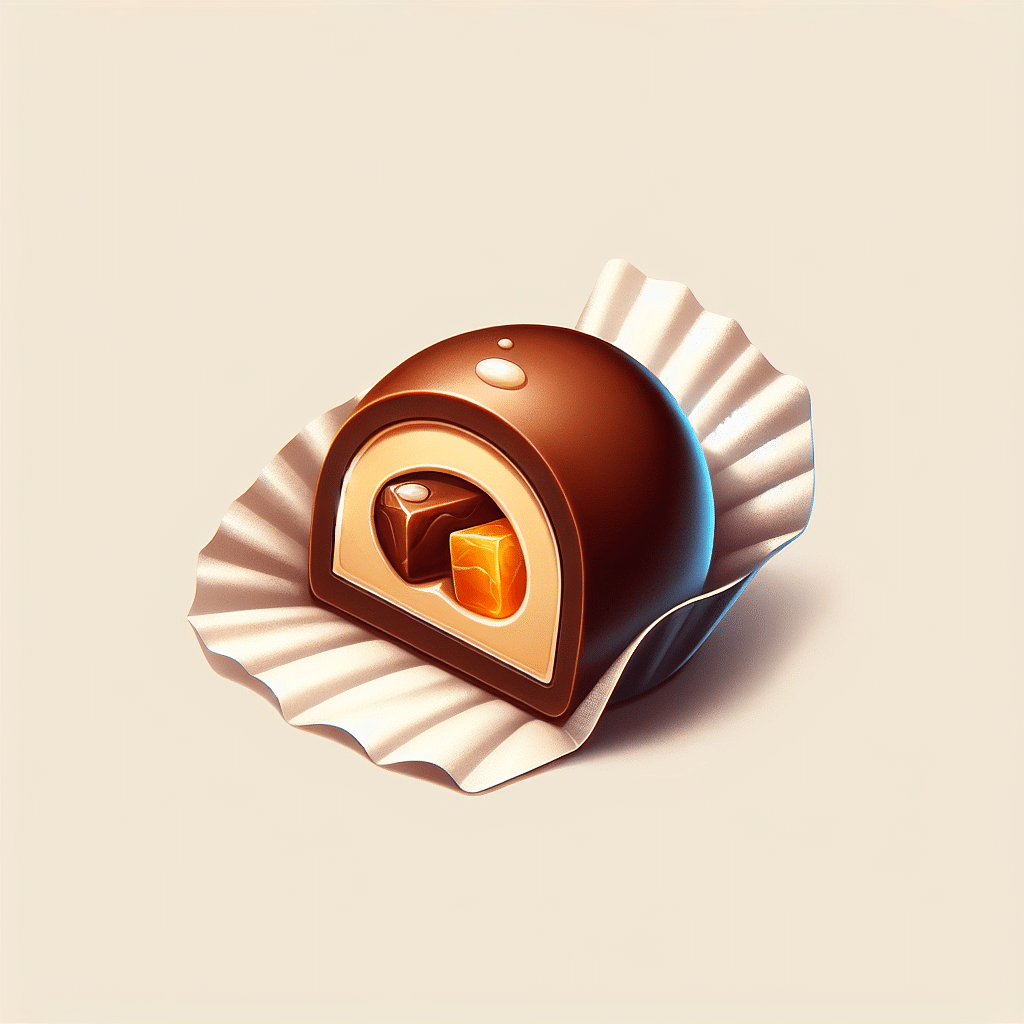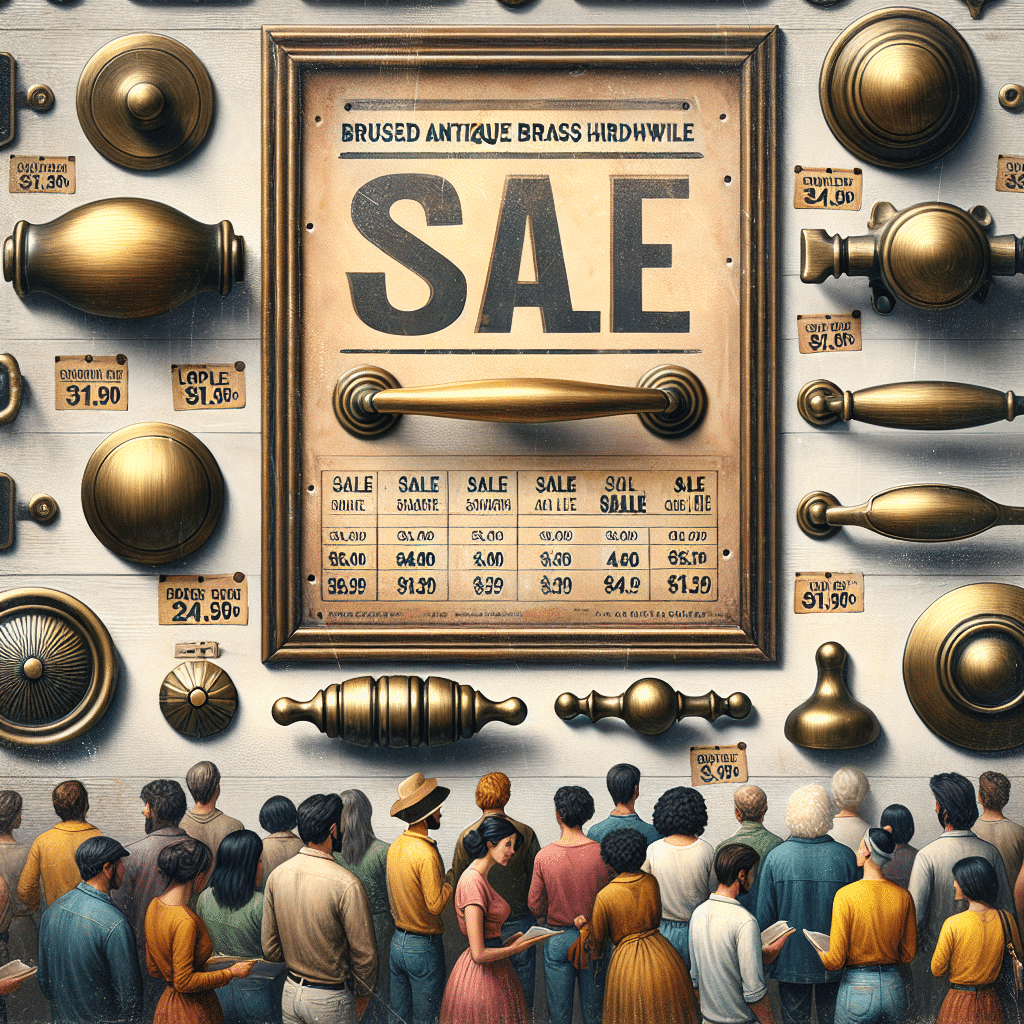What is a bonbon? A bonbon is a small and often luxurious confectionery treat, typically made from chocolate and filled with a variety of ingredients such as cream, fruit, nuts, or liqueurs. The term “bonbon” is derived from the French word meaning “candy.” These delightful sweets can be found in various shapes and flavors, making them a favorite for gifting and special occasions. Bonbons are often coated in chocolate, elegantly decorated, and may feature intricate designs that reflect the artistry of the chocolatier. Whether enjoyed as a personal indulgence or given as a present, bonbons bring a sense of decadence and joy to any moment.
Understanding Bonbons: A Delectable Overview
Bonbons have a rich history and are cherished around the world, particularly in French culture where they originated. These confections are not just treats; they are masterpieces of culinary art that combine flavors, textures, and aesthetics in luxurious ways. To fully appreciate bonbons, it is essential to delve into their various aspects, from their ingredients and production methods to their cultural significance and variations.
The Anatomy of a Bonbon
A classic bonbon typically consists of several key components:
- Shell: The outer layer is usually made from high-quality chocolate, which is tempered to create a glossy finish and a satisfying snap.
- Filling: The inner filling can range from ganache, which is an emulsion of chocolate and cream, to fruit purées, nougats, or even alcohol-based fillings that add an extra layer of flavor.
- Coating: Some bonbons may be coated in additional chocolate or dusted with cocoa powder, powdered sugar, or even edible glitter for aesthetic appeal.
Ingredients: A Symphony of Flavors
The quality of ingredients plays a crucial role in the taste and overall experience of bonbons. Here are common ingredients used in crafting high-quality bonbons:
- Chocolate: The main outer layer, often dark, milk, or white chocolate, chosen for its flavor profile and texture.
- Cream: Used for fillings such as ganache, providing a rich and creamy consistency.
- Flavor Enhancers: To create complex flavors, many chocolatiers incorporate spices, herbs, or liqueurs.
- Nuts and Fruits: Frequently used to add texture and natural flavors, contributing to the bonbon’s overall allure.
The Production Process
Creating bonbons is an intricate process that requires skill and precision:
- Tempering: Chocolate is tempered to stabilize it, resulting in a glossy finish and a satisfying snap when bitten.
- Molding: The tempered chocolate is poured into molds to create the shell.
- Filling: Once the shell is set, the filling is piped into the chocolate shells.
- Sealing: A layer of tempered chocolate is added on top to seal the filling.
- Cooling: The bonbons are cooled until firm.
- Decorating: Final touches like painting, dusting, or adding embellishments are applied here.
Cultural Significance and Uses
Bonbons have transcended their role as mere sweets to embody cultural significance:
- Gifting: In many cultures, bonbons are a popular gift during celebrations and holidays, symbolizing luxury and indulgence.
- Celebrations: They are commonly served during weddings, parties, and other special events, often arranged artistically in boxes or displays.
- Artistry: The craftsmanship of bonbon-making is considered an art form, with chocolatiers showcasing their skills through unique flavors and designs.
Types of Bonbons
While all bonbons share common characteristics, they come in various styles and flavors:
1. Chocolate Bonbons
These are the most traditional, filled with various creams, ganaches, or ganaches infused with flavors.
2. Fruit Bonbons
Focusing on fruity flavors, these may include purees or liqueurs made from fruits like raspberry, mango, or citrus.
3. Nut Bonbons
Incorporating nut pastes or whole nuts, these bonbons appeal to those who enjoy crunchy textures.
4. Alcohol-Infused Bonbons
These contain liqueurs or spirits like whiskey or rum, providing a sophisticated flavor profile.
Bonbons in Today’s Culinary Scene
As culinary trends evolve, the bonbon continues to inspire both chefs and home cooks:
- Innovative Flavors: Modern chocolatiers experiment with unconventional ingredients, including savory elements like herbs, spices, or even cheese.
- Sustainable Practices: Many artisans focus on sourcing ethically produced cocoa and using organic or local ingredients.
- Personalization: Custom bonbons tailored to dietary restrictions or personal preferences are increasingly popular.
FAQs
What is the difference between a bonbon and a truffle?
While both are chocolate confections, truffles are typically made with a ganache center and rolled in cocoa powder, while bonbons have a molded chocolate shell and can contain a variety of fillings.
How should I store bonbons?
Bonbons should be stored in a cool, dry place, ideally in an airtight container to maintain freshness. Avoid refrigerating them, as it can affect their texture.
Can I make bonbons at home?
Yes! With the right ingredients and tools, you can create bonbons at home. There are many recipes and tutorials available for beginners.
Are bonbons gluten-free?
Many bonbons are naturally gluten-free, but it’s essential to check labels or recipes, especially for fillers that might contain gluten or cross-contamination during production.
Conclusion: Indulge in the World of Bonbons
Bonbons are more than just sweet treats; they are an expression of creativity and culinary mastery. From their delicate shells to their luxurious fillings, these confections encapsulate a world of flavor and artistry. Whether you enjoy them on special occasions or as a personal indulgence, bonbons can elevate your dessert experience. Explore the vast array of options and find your favorite bonbon to discover new tastes and delights!


